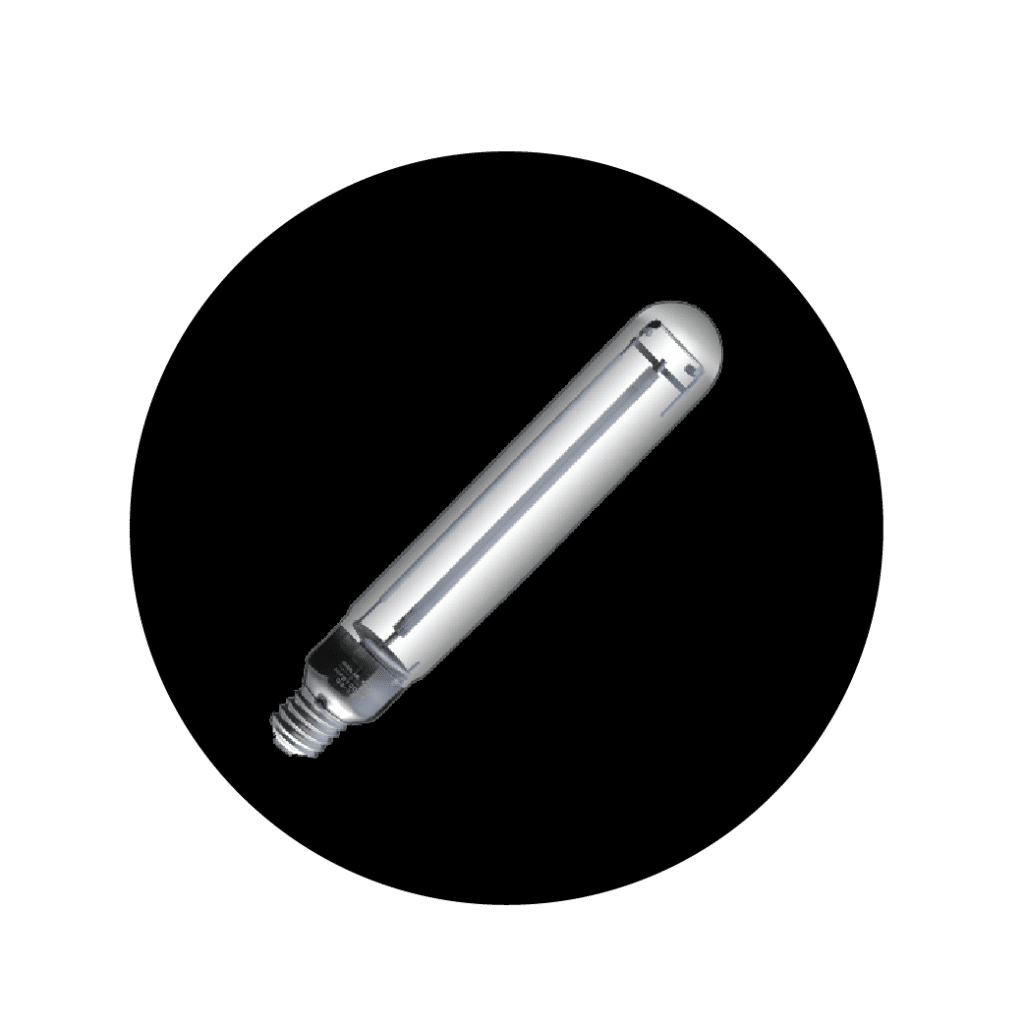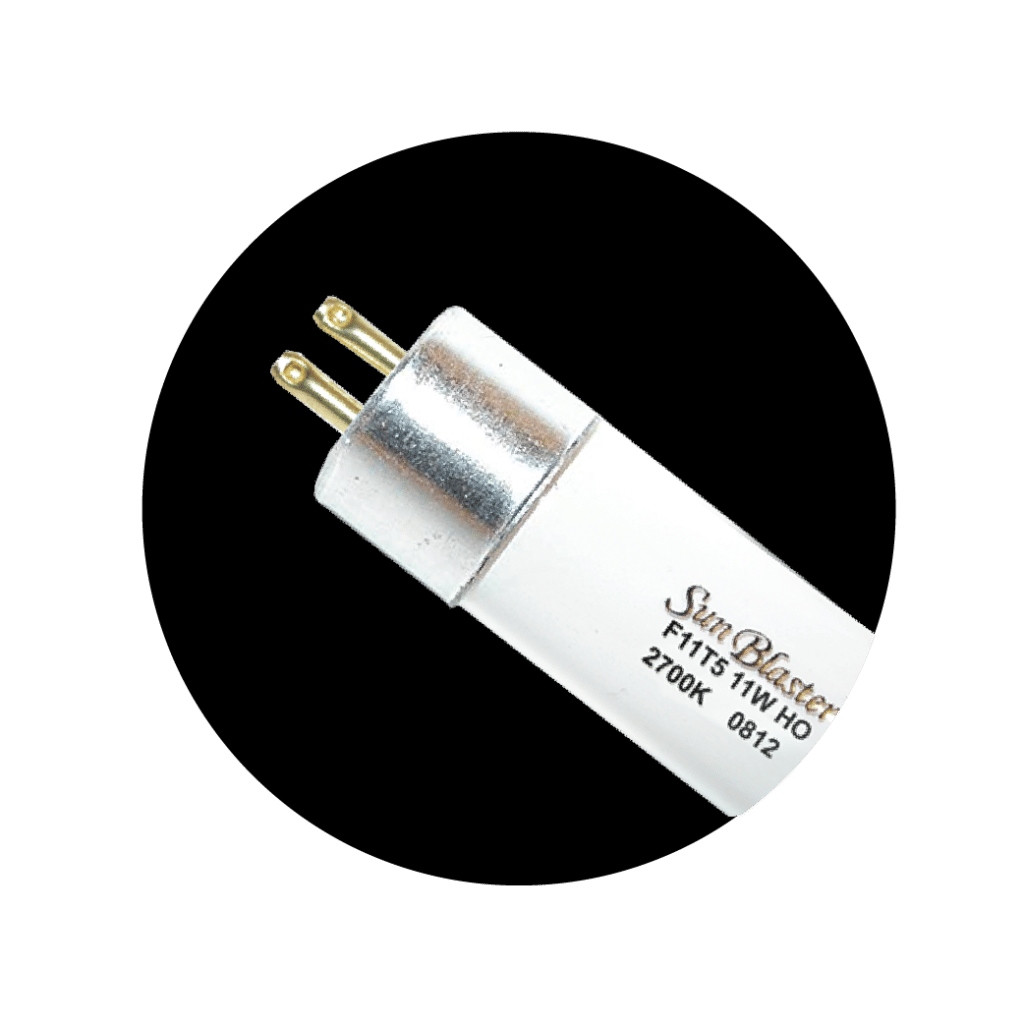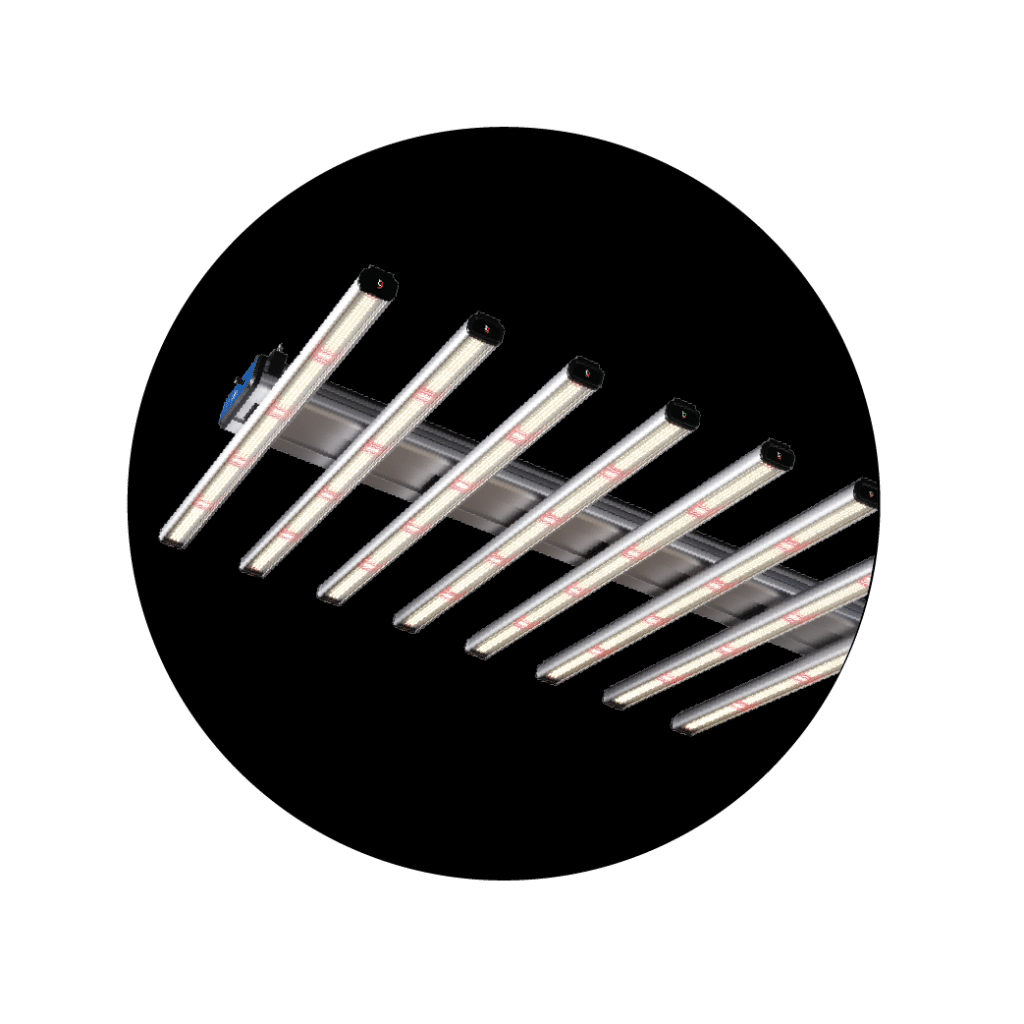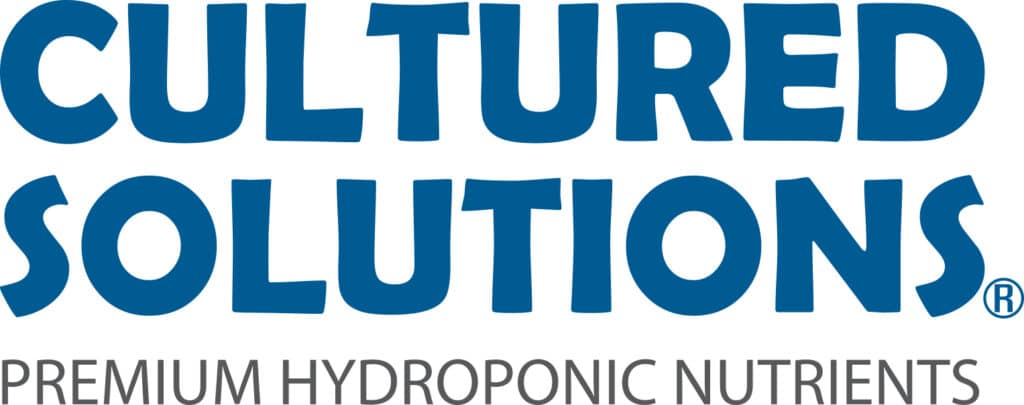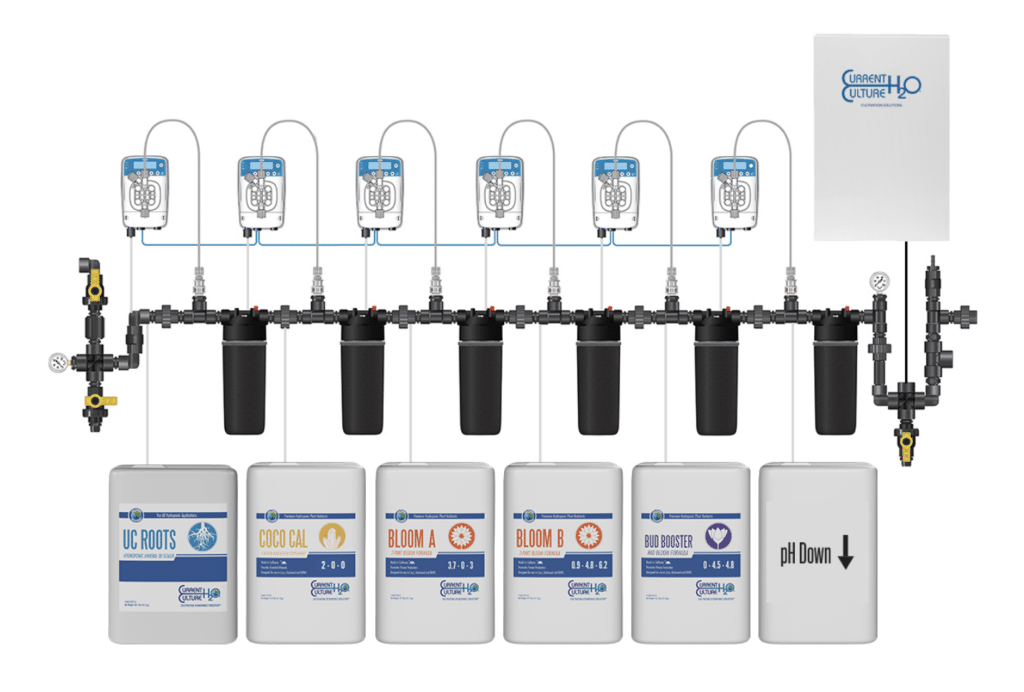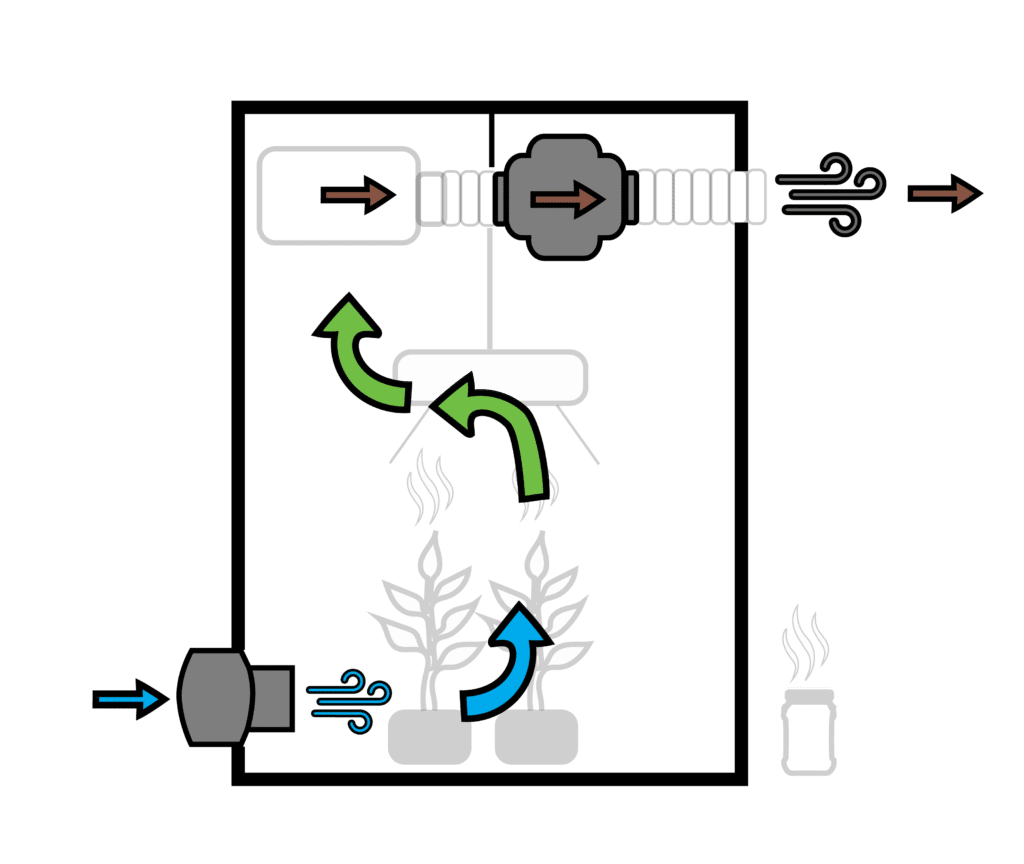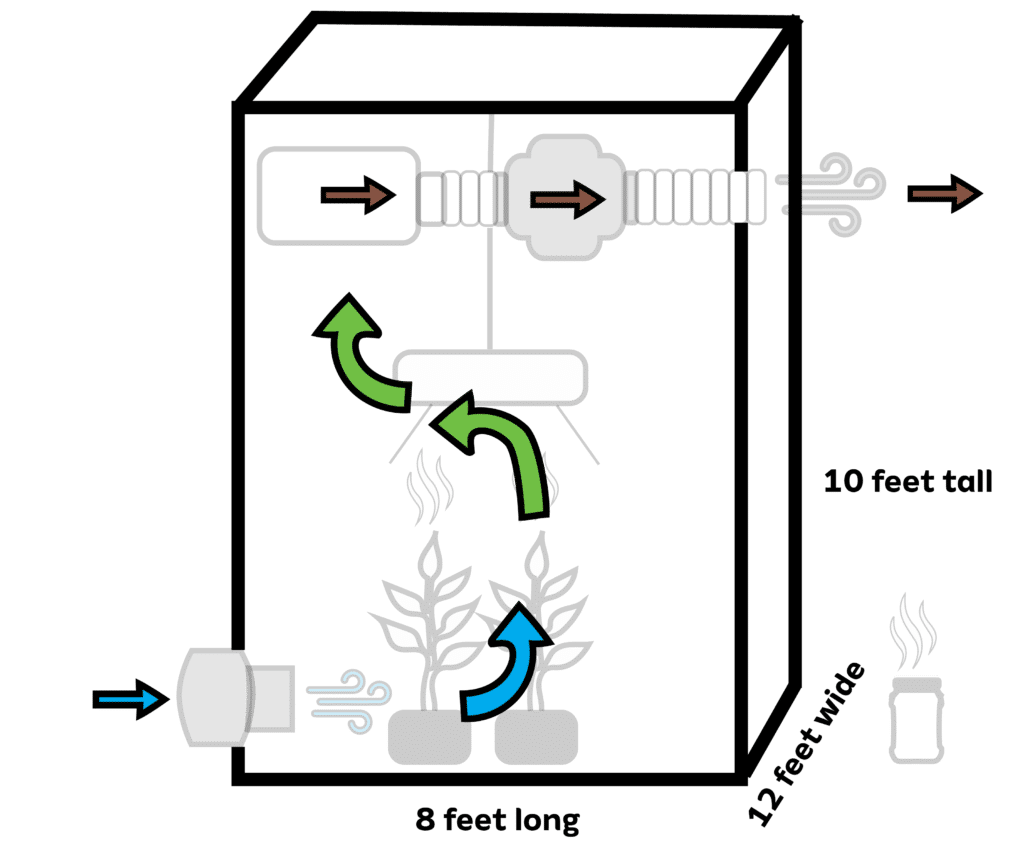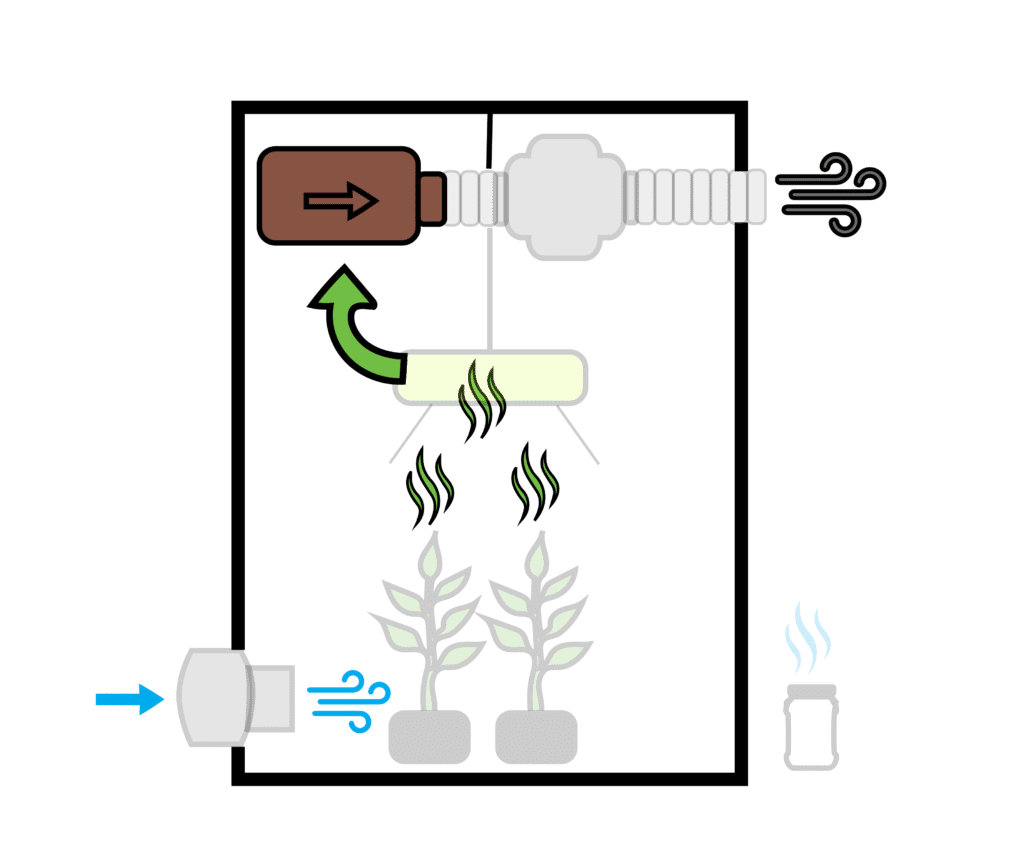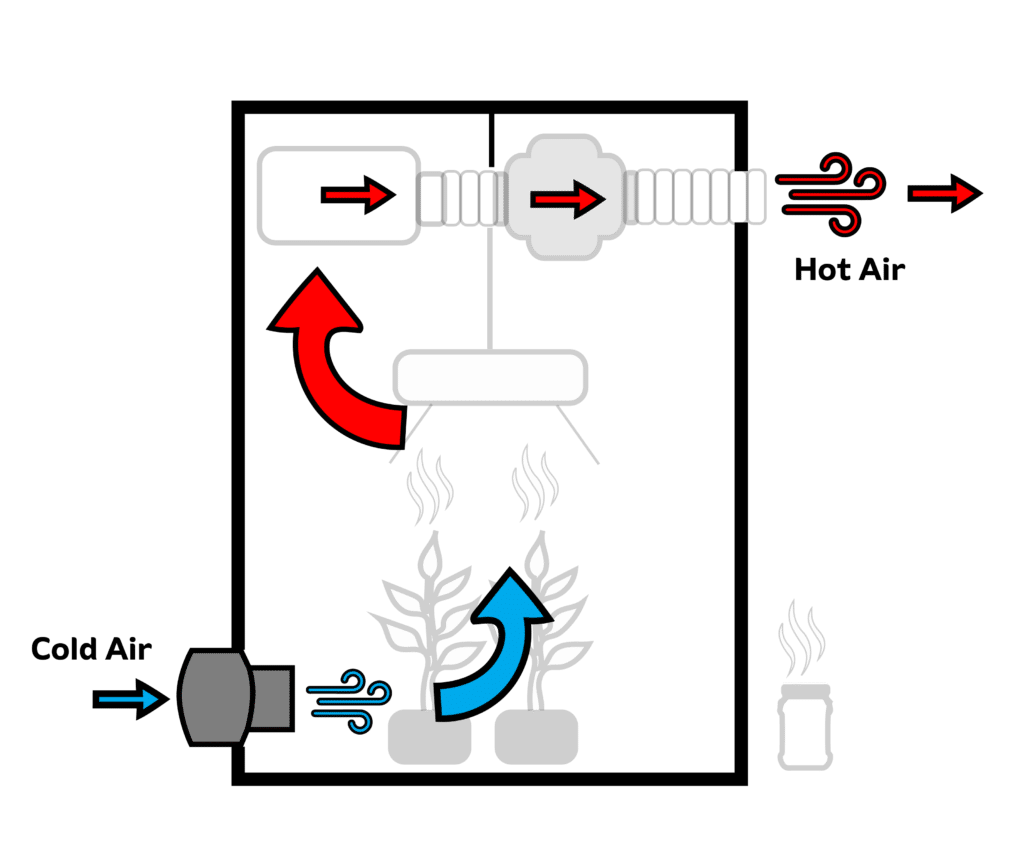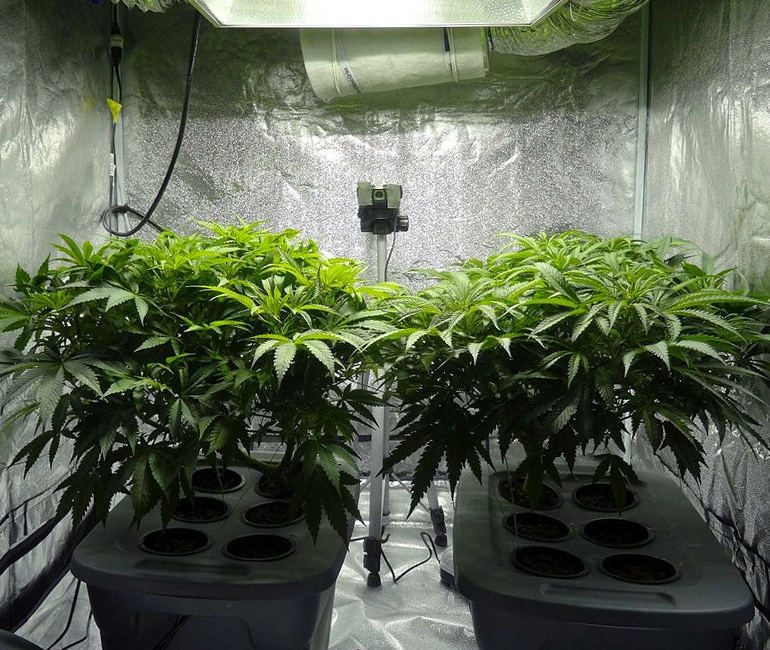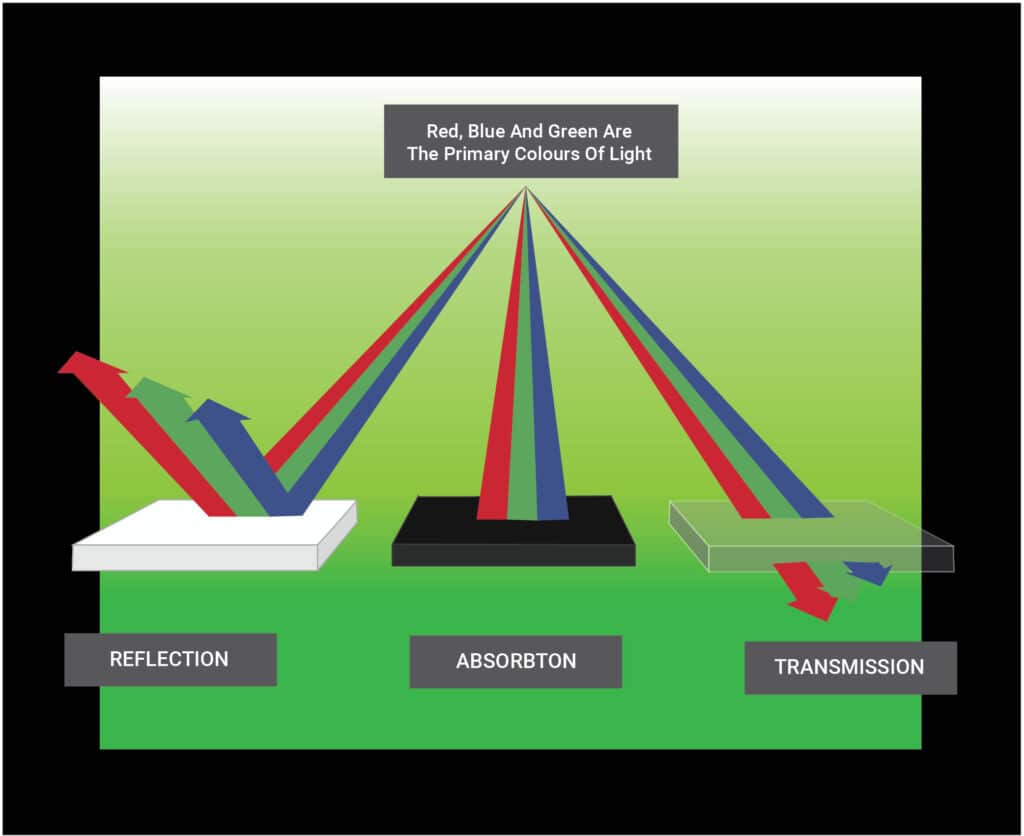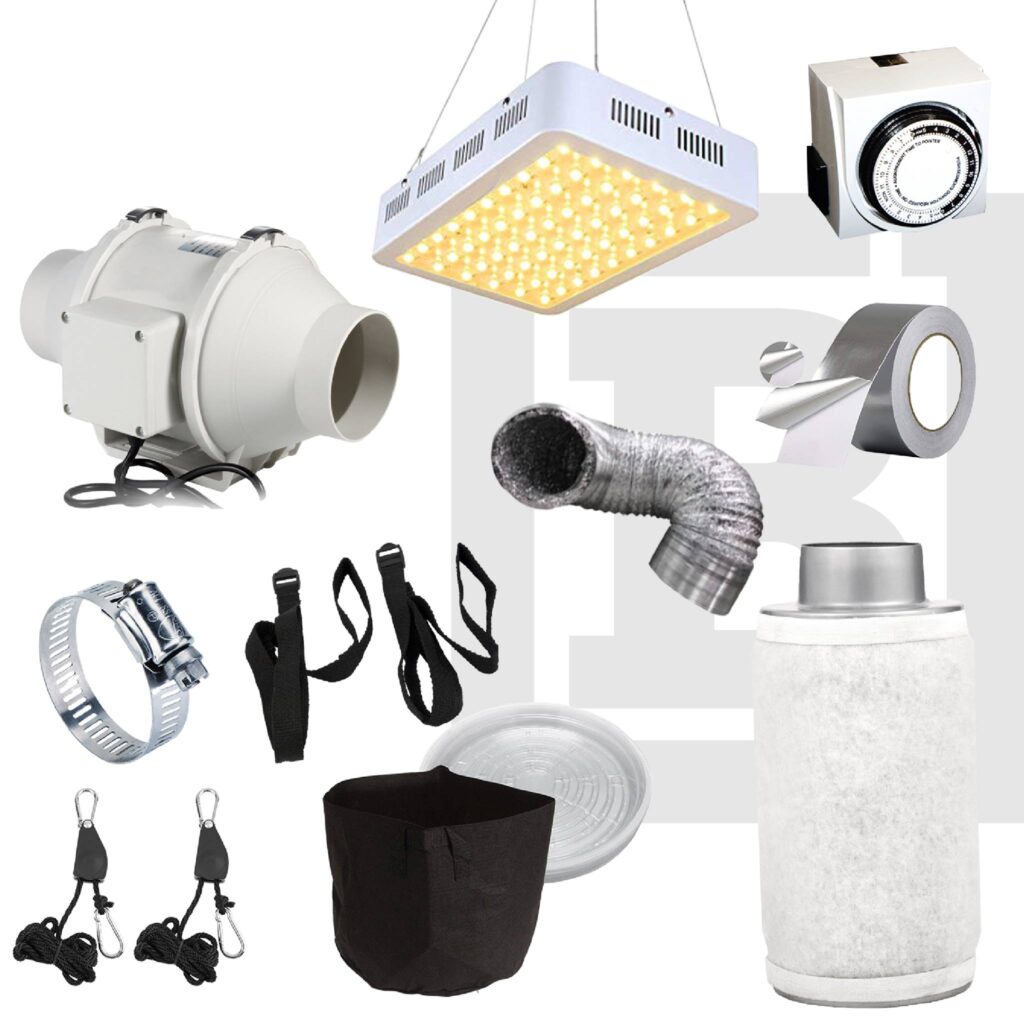Creating the Perfect Environment Part 3: Lighting Systems

Choosing a light source is perhaps the most important decision to make while creating the perfect environment. It will, among other variants, predict a variety of potential outcomes; these including, but are not limited to the prediction of quality, quantity, flower-size, trichome expansion, heat production and energy consumption. While choices of available lighting solutions are vast and vary from lower wattage fluorescents, traditional HID lighting, to the more technologically inclined LED fixtures, GreenPlanet Wholesale is committed to providing solutions to growers which not only perform but emphasize value. By maintaining partnerships with industry-leading manufactures of lighting solutions, we appreciate the concerns of any gardener interested in creating the ideal environment. Not sold on a particular system? Follow the article below for an examination of popular lighting solutions, and find the perfect light source for your environment. Just starting out? Read our previous blogs on creating the perfect growing environment!
Lighting Systems: Information and Considerations
Lighting System Styles
As stated above, by selecting different lighting solutions, varying outcomes can largely be predicted in the garden. Among other variations in light equipment, gardeners typically examine three features of a light source before investing: style, wattage and spread. Style is the type of light, whether it be a fluorescent fixture, HID or LED. The style of light will determine several things, but most importantly it will predict the heat production and energy consumption of the light source.
For example, the industry has seen major advances in LED lighting over the past decade; so much so, that high-wattage LEDs have been labelled as fixtures capable of competing with the industry’s previous standard of HID lighting. While both of these lights have the potential to produce similar yields, the main difference between these lights, in terms of style anyhow, is the heat produced and energy consumed by both HID and LED fixtures. For instance, a high-functioning HPS bulb produces an average of 3,600 British Thermal Units (BTUs), while a full-spectrum LED fixture, like ThinkGrow’s Model-H, has a maximum BTU output of 2,149. So, in short, be sure to examine the style of the lighting system in the garden, as this feature will dramatically influence the construction and management of other environmental controls.
ThinkGrow LED Model-H Features:
- Outstanding Efficiency at 2.7 μmol/J
- Plug and Play for a quick installation
- On-board Dimming and Adjustable Spectrum
- External Controllability with 256 fixtures per channel
- Group Control Capability
Wattage Potential
The next feature of a light source to consider is wattage. Although many varying factors go into producing a heavy harvest, there is a general consensus concerning the connection between wattage in the garden and dry weight following harvest. While notions of this conclusion aren’t as clear cut as they once were, again, because of the introduction of new, more efficient technology, you can still consider the following while examining a light source: higher wattage = higher yield.
“Footprint” or Light Spread
Finally, but not least important, is the spread of a fixture. In this case, the word spread is used to describe the “footprint” of light dispersed by a specific light source. If you’re trying to fill a 10ft x 10ft room with plants, for instance, your fixtures must be able to disperse light across 100 square feet; and, depending on the spread of each individual light, this feature will determine how many fixtures will need to be installed. With these considerations in mind, lets looks at some of the most popular lighting solutions available at GreenPlanet Wholesale:
Popular Types of Lighting Systems
Ranging from Fluorescent T5 lights to high wattage LEDs, the following is a list of lighting “types” which can assist gardeners in creating the perfect environment. For the entire catalogue of lighting solutions available at GreenPlanet Wholesale, click here; otherwise, read the list to find out which lighting style works best for your garden.
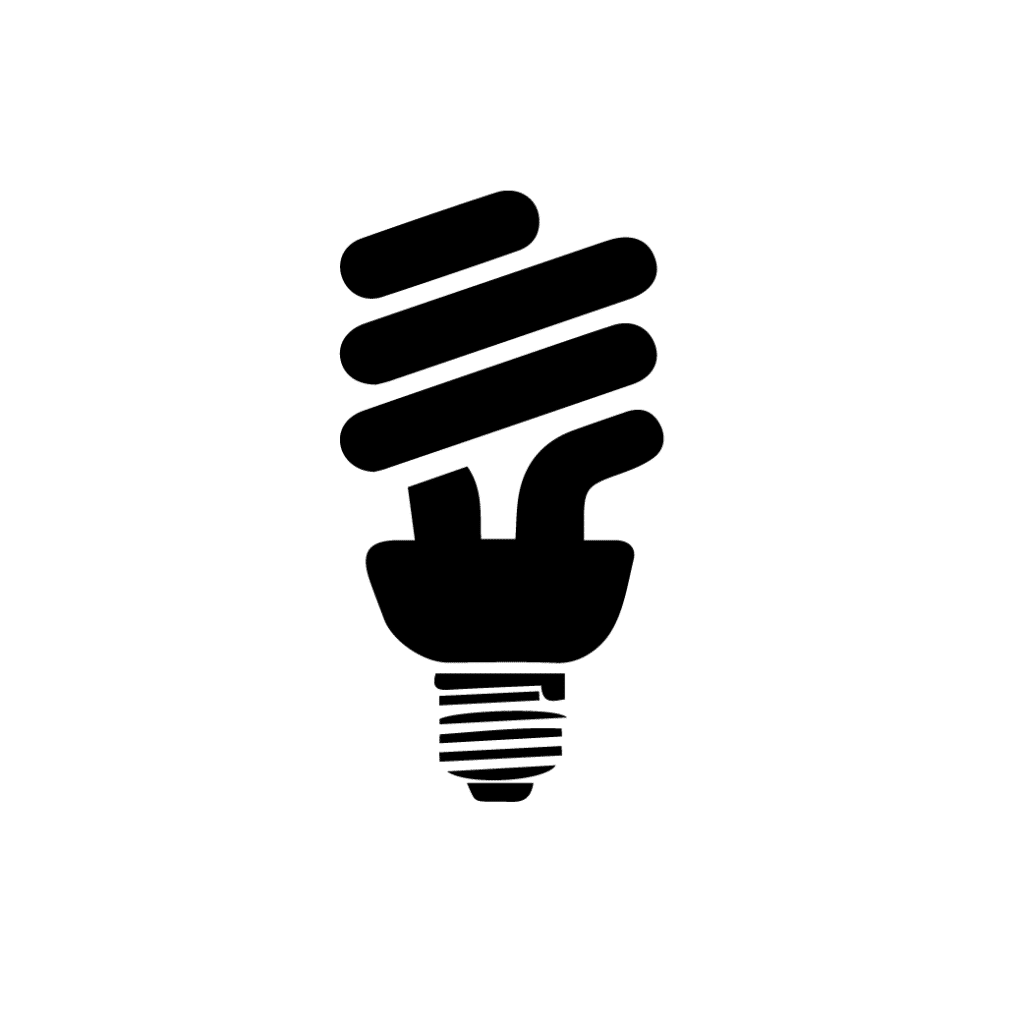
Fluorescent Lighting
Fluorescent lighting is a great option for gardens that are limited on space and energy affordances. Unlike fluorescents you might see at the hardware store, horticultural-grade T5 fluorescents are smaller, highly efficient, and produce intense levels of light. Arguably the first choice for small gardens in tight spaces, tents or closets, T5 fluorescents produce little heat, and, when combined at scale, can produce impressive results. Interested? Check out Sunblaster’s selection of T5 fluorescents at GreenPlanet Wholesale.

HID Lighting
Coming in a variety of styles and spectrums, high-intensity discharge (HID) lighting is an industry favourite. HID lighting is made possibly by heat reacting with noble gases such as mercury and sodium under extreme pressure. The arc made by these reactions produces a chain of light that can illuminate a footprint of 3ft x 3ft – 6ft x 6ft, depending on variables like wattage, lamp and reflector. All the lamps listed below come in a variety of wattages including 315W, 400W, 600W and 1000W. Like fluorescent lighting, however, ballasts are required to operate HID lighting systems.
There are three types of HID lighting systems commonly utilized by the indoor gardener: High-Pressure Sodium (HPS), Metal Halide (MH) and Ceramic Metal Halide (CMH). Although these lights have similar properties, each lamp “type” has a different function in the garden. For example, HPS lighting has a low Kelvin rating of 3000K (a measurement that describes spectrum) and is typically used by gardeners in the later stages of flower to promote periods of autumn-like light, and intense red and yellow photosynthetic active radiation (PAR). MH lighting, on the other hand, has a higher Kelvin rating and emits blue light. Given the spectrum of MH lighting, most gardens utilizing HID lighting will choose MH lamps in periods of vegetative and early flowering growth to promote foliage expansion, general plant health, and tight internodal spacing. CMH lamps have a spectrum of 4000K, and therefore falls in the middle of the Kelvin range. This light has shown great success in both vegetative and flowering periods of growth and is arguably the best choice for gardeners who want both intensity and efficiency.
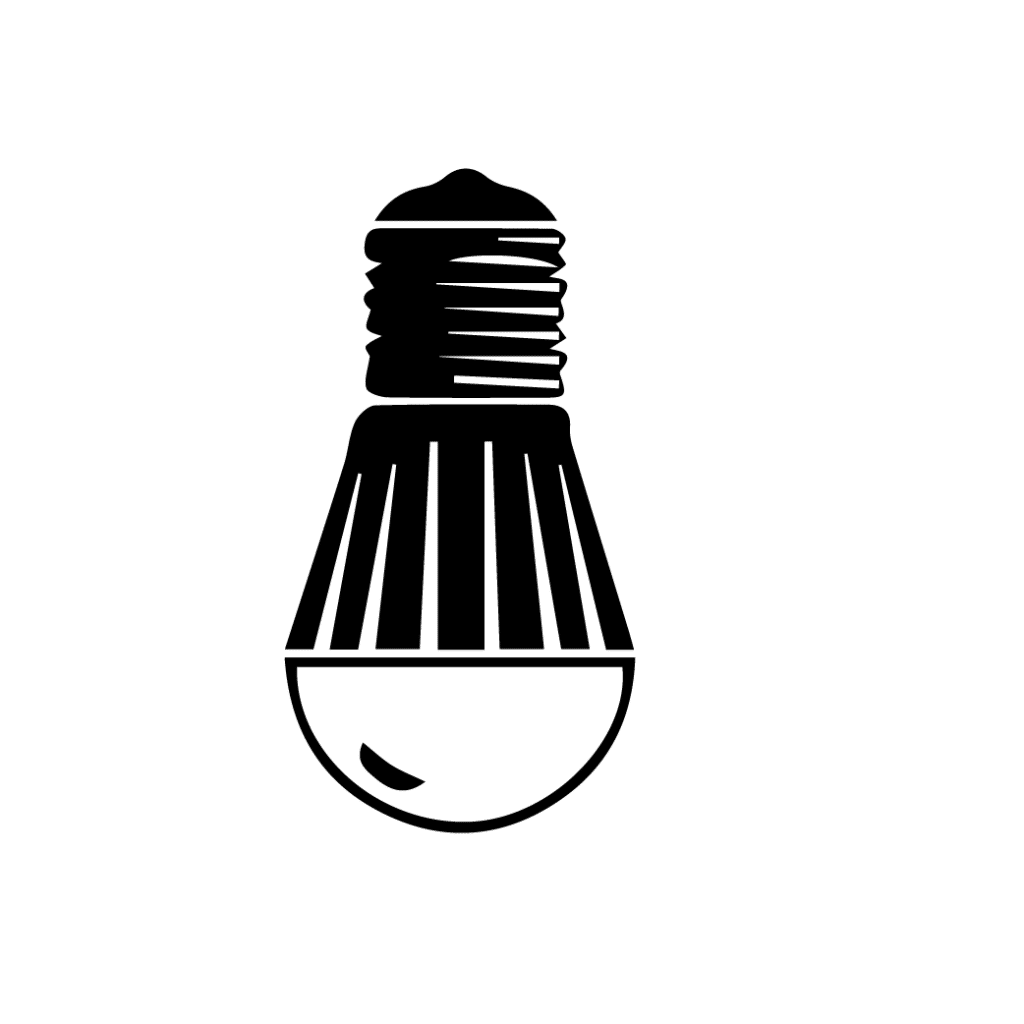
LED Lighting
Light-emitting diode (LED) technology has made major advancements in horticulture over the past decade. With these advancements, high-quality LED fixtures are now able to compete with HID lighting, not only in terms of efficiency, longevity, and energy consumption but also in output. Unlike HID lamps, which typically occupied a niche spectrum of colour and intensity, high-quality LED fixtures have a “mixed-spectrum” and are able to not only produce high levels of reds, blues and yellows but also have the ability to produce ultraviolet light (UV) in specific diodes. This leads gardeners, not to the assumption, but to the tested conclusions of the production capabilities of LED technology. If you’re interested in creating the perfect, long-lasting and environmentally conscious indoor garden, LED technology is probably a good fit.
Whatever your plans are for creating the perfect indoor garden, the team at GreenPlanet Wholesale is here to help! For more information about the products mentioned above, please contact GreenPlanet Wholesale directly. For all other inquiries about products and services offered by GreenPlanet Wholesale, contact our team or your local garden supply store for more information.


